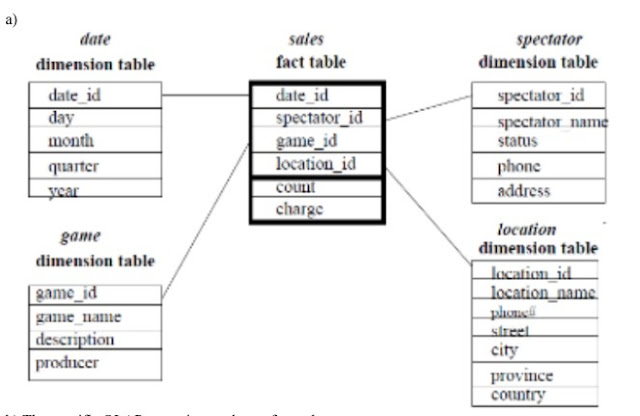What is meant by goal succession? Explain different reasons for goal succession./ Define the concept of goal succession with suitable example.
Goal succession
Environmental forces play important role in goal formulation. All organizations need to review and modify existing goals according to the changes in environmental forces. Organizations frequently change or modify the goal in order to adapt to the environmental changes, to set new goals at the fulfillment of predetermined goals, or to set new goals if existing goals are surely unattainable. Such changes or amendments in goals can be intentional or unintentional. If changes in goal are made intentionally for the above-mentioned reasons, this process is called goal succession. Thus, goal succession is the process of intentional attempts to change or renew or modify the goal by the organization. When an intentional change occurs in the goals of an organization, it is termed as goal succession. Succession may be important to change the current goals of an organization when organizations face problems because of sharp competition, the decline in market share, shortage of capital, etc.
OR,
Goal succession is the act of intentional review and modification of existing goals by the top-level management. The organizational goal should be reviewed, modified, or changed due to the changes in the external and internal environment of the organization. It also takes place when new goals are added to the existing goals of the organization or the scope of the existing goal is widened.
For example, a hospital had the original goal of providing health services to the people of a particular region within 6 months. However, it added another goal of raising health awareness among the people of the region. When an organization faces problems like acute competition, declining sales, shortage of funds, and rapidly changing political, legal, economic, and technological environmental conditions, goal succession takes place.
Following reasons are responsible for goals succession:
i. Achievements of organizational goals: If organizational goals are achieved, in that situation organization must adopt new goals. When an organization fulfills predetermined goals for which it was created, it faces the problem of meaning for existence. Through goals succession, the organization sets new goals for its continuity.
ii. Change in the environment: Organizations must adapt to changing environments. Political-legal forces, economic forces, socio-cultural forces, technological forces and global forces are important forces that create opportunity as well as threats. When such forces get change, it is essential either to modify existing goals or to adopt new goals as such changes create opportunities or threats. For instance, due to the liberal economic environment, public enterprises of Nepal are compelled to set new goals to generate profit in addition to providing service to society.
iii. Unachievable goal: When organizational goals are declared unachievable or realized impossible to achieve, organizations must adopt new or modified goals. Especially, if existing goals are proved more ambitious and more unrealistic to achieve within the existing environment, it is essential to adopt new or modified goals.



Comments
Post a Comment